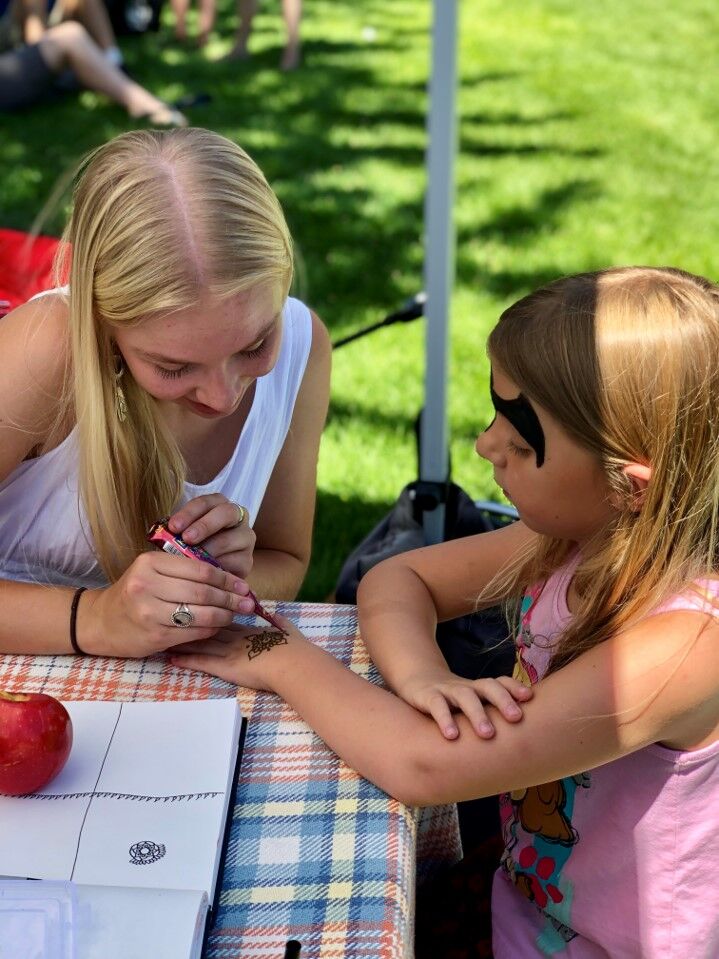A Stage 2 fire ban went into effect for Moab and surrounding areas on June 25 after an interagency meeting between the State of Utah, Bureau of Land Management, United States Forest Service and National Park Service. Moab City also released specific fire restriction details in time for the Fourth of July and announced a city-sponsored fireworks show for the holiday.
“With enforcement and education my hope is to see a reduction in human caused fires during this Stage 2 Restriction,” wrote Rudy Sandoval, Area Fire Management Officer for Southeastern Utah, in an email.
The increased fire restrictions apply to state and unincorporated private lands in Carbon, Emery, Grand and San Juan counties; Moab, Price and Monticello BLM field offices; Canyonlands and Arches National Parks; Natural Bridges and Hovenweep National Monuments; Moab, Monticello, Price and Sanpete USFS ranger districts of the Manti-La Sal National Forest; and other areas within Carbon, Emery, Grand, San Juan and Sanpete counties in Utah and Mesa and Montrose counties in Colorado. More and more counties in Utah are expected to move into Stage 2, with the Governor’s support.
“It’s as dry as it’s ever been in recorded history in the state of Utah and we don’t want to mess around when it comes to fires,” Gov. Spencer Cox said during a visit to St. George.
The fire restrictions vary across agencies, but have several stipulations in common. Generally, Stage 2 restrictions prohibit any kind of open flame outdoors. No campfires, wood or charcoal, may be lit in the above areas — including in designated campgrounds. Smoking is banned in natural areas, as well as metal cutting, welding and other grinding activities in areas of dry vegetation.
Fireworks are prohibited under Stage 1 and Stage 2 restrictions. Interagency officials have banned the use of fireworks, ammunition and other kinds of pyrotechnic devices, including exploding targets for southeastern Utah.
Gov. Cox voiced his support for a statewide fireworks ban, but said that even though the state legislature could enforce one, “they don’t have any interest in coming into special session.” Instead, the governor encourages Utah’s cities and towns to enact local fireworks bans.
“We have many, many cities that have adopted additional fireworks restrictions and we certainly anticipate more over the next two weeks as we lead up to the Fourth of July,” the governor said.
Jason Johnson, the Utah Department of Natural Resources’ Southeast Area Manager, explained that designating fire restrictions depends on three factors: weather, fuel conditions and the status of firefighting resources. If firefighting personnel are few and far between, potential fire fuel is dangerous and expected weather increases the risk of wildfire, fire restrictions are typically increased.
“These factors take a while to put into place, and take a while to lift when conditions change,” Johnson told the Moab Sun News.
The Stage 2 restrictions announced on June 25 apply to all state lands and all unincorporated private lands in the four counties of southeastern Utah. Local governments have jurisdiction to create firework restrictions for incorporated lands.
The state legislature has indicated that local governments across Utah should be responsible for setting their own specific firework restrictions, rather than a blanket state mandate. City, town and county entities can restrict fireworks, and even ban them, in at-risk areas, but “attempting to prohibit them throughout an entire municipality would seem to violate both the letter and intent of the statutory limitations,” wrote legislative attorney Peter Asplund in a legal analysis for Utah’s legislators.
However, municipalities cannot enact an all-encompassing firework ban according to state law. Fireworks can be prohibited on dry landscapes and near waterways, ravines and trails and in areas between neighborhoods and undeveloped areas. Boundaries no-fireworks zones must be submitted for approval by May 1 every year and must be “as close as is practical to the defined hazardous area.” City councils and county commissions, or similar local bodies, are responsible for imposing firework restrictions.
Municipalities across Utah have interpreted the state law in different ways. Salt Lake City enacted a complete ban. Cottonwood Heights has banned fireworks east of 1300 East in the city, which covers the majority of the community.
On Tuesday, the Moab City Council announced that personal fireworks are prohibited throughout all of Moab — including Moab parks, public trails and pedestrian paths — and particularly within 200 feet of Pack Creek or Mill Creek. They are also banned within 20 feet of any residence, building, structure or combustible material. Discharge of fireworks is only permitted from July 2-5. Grand County passed similar restrictions.
Certain kinds of fireworks are banned no matter their launch location. These include fireworks that travel further than six feet from the ground, aerial and flash shells, roman candles, comets, mortars, firecrackers, and bottle and aerial rockets.
Amid these restrictions, Moab City will host a community fireworks show from Lions Back starting at dark on July 4.
“A restriction that we draft, pass and publicize should be followed,” said Johnson. “Whatever the exact restrictions are where you live, we hope people will be responsible, safe and take proper precautions with holiday celebrations, whether they involve fireworks or not.”




